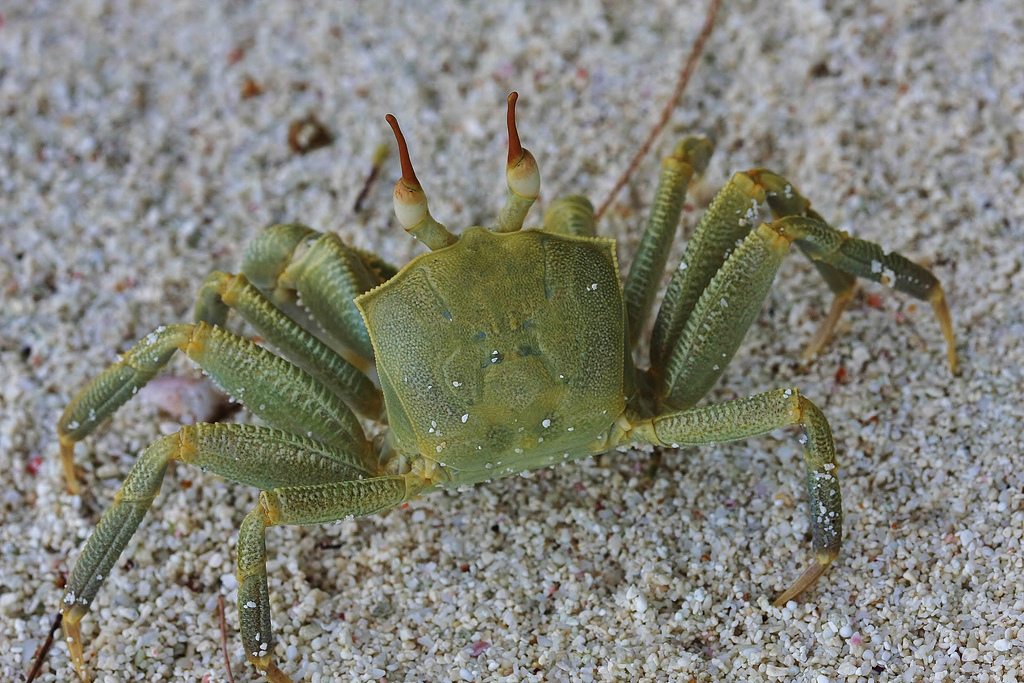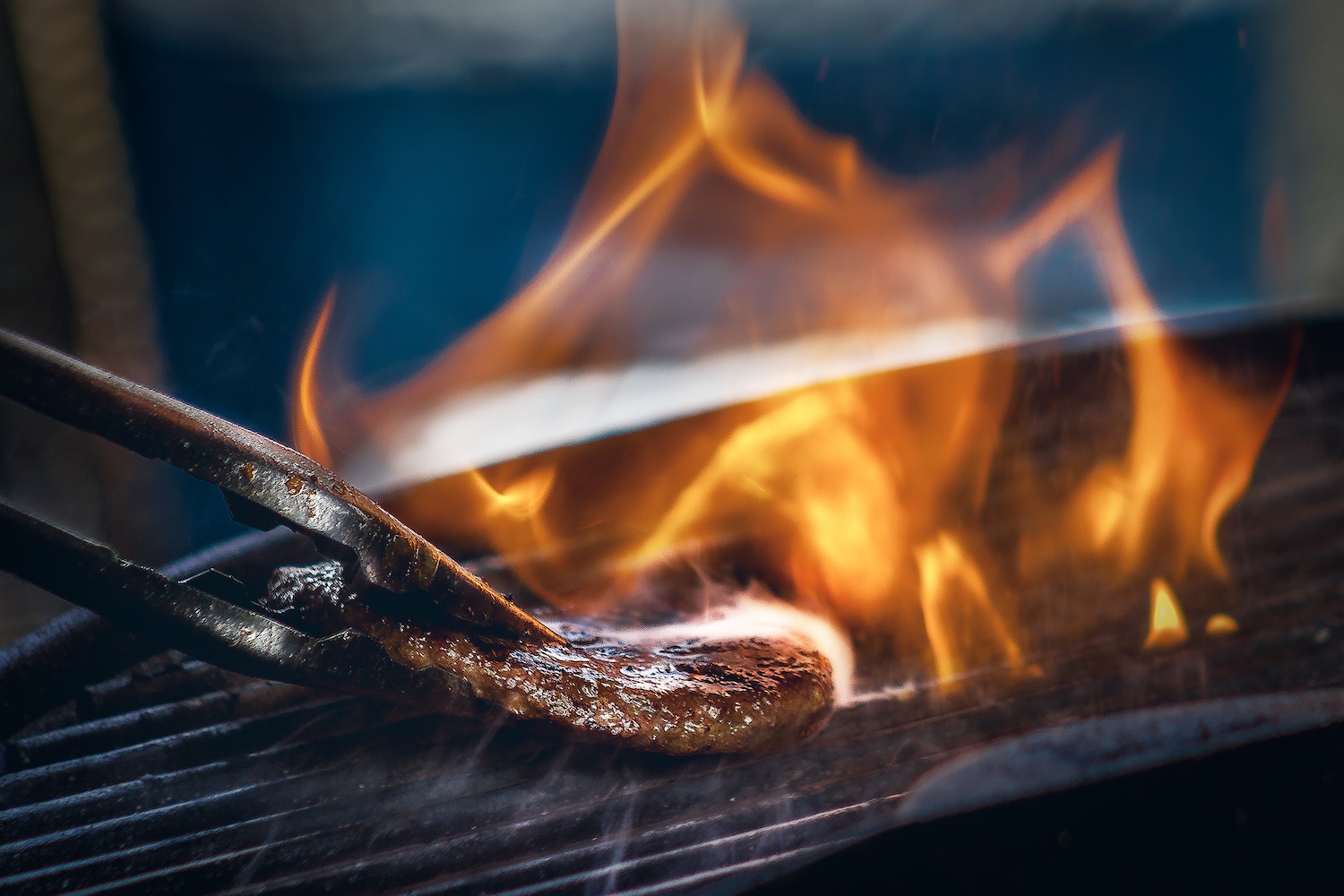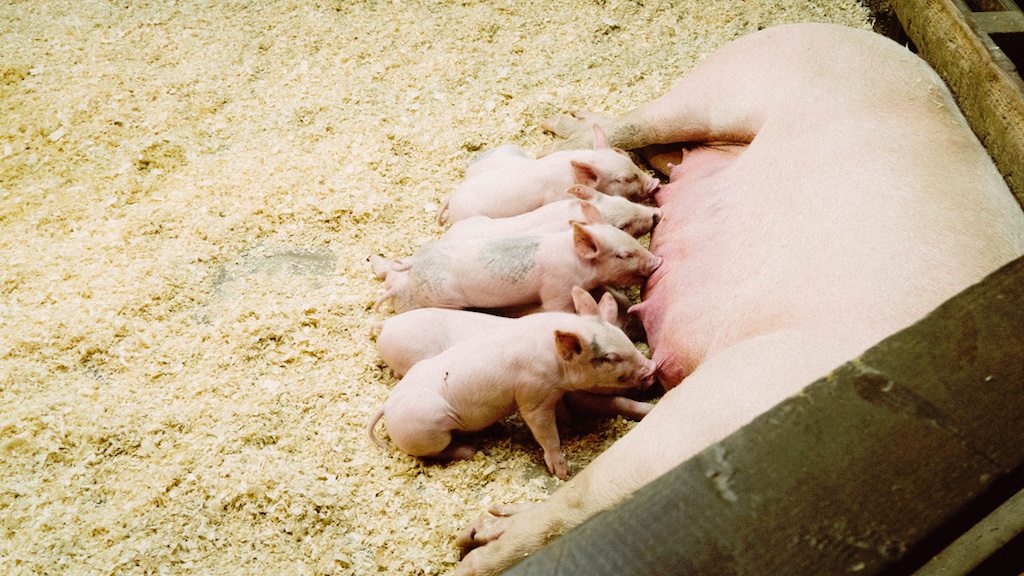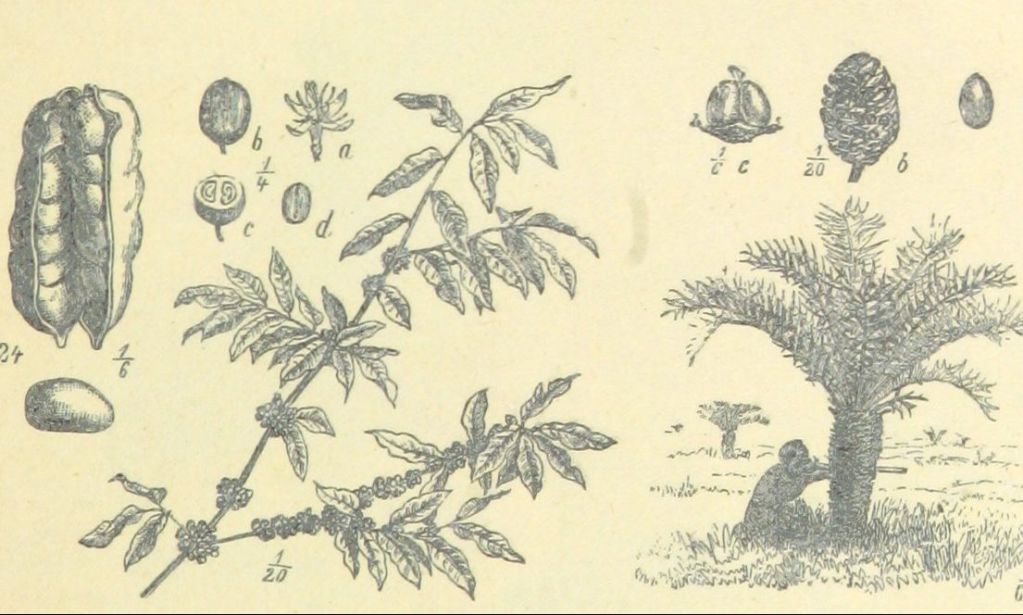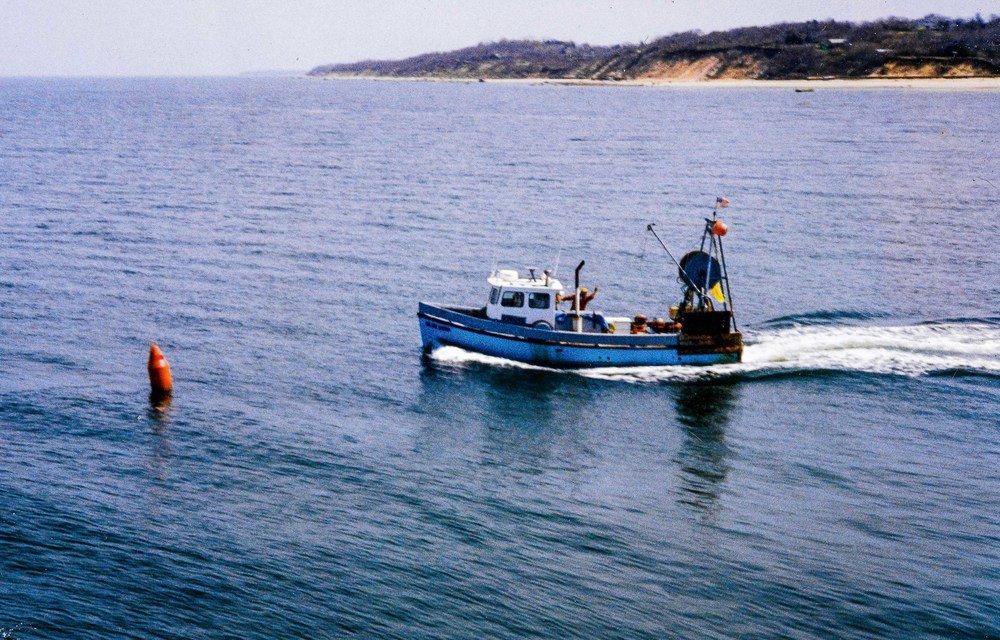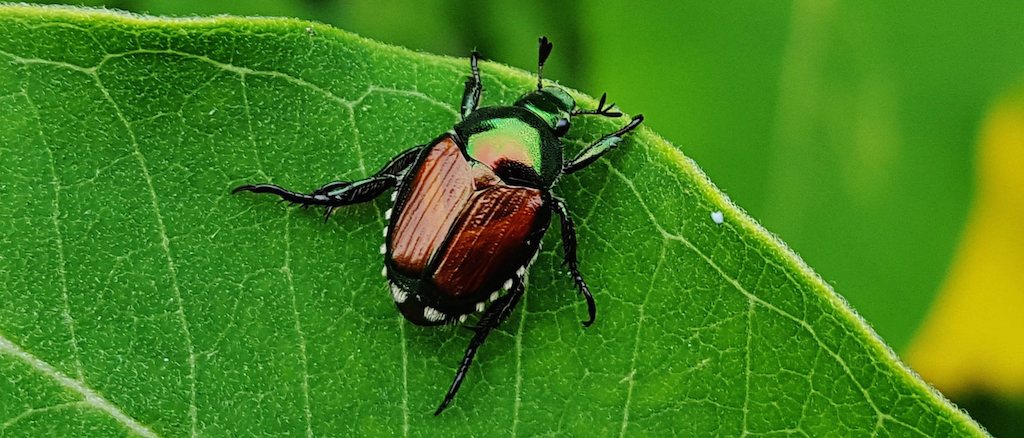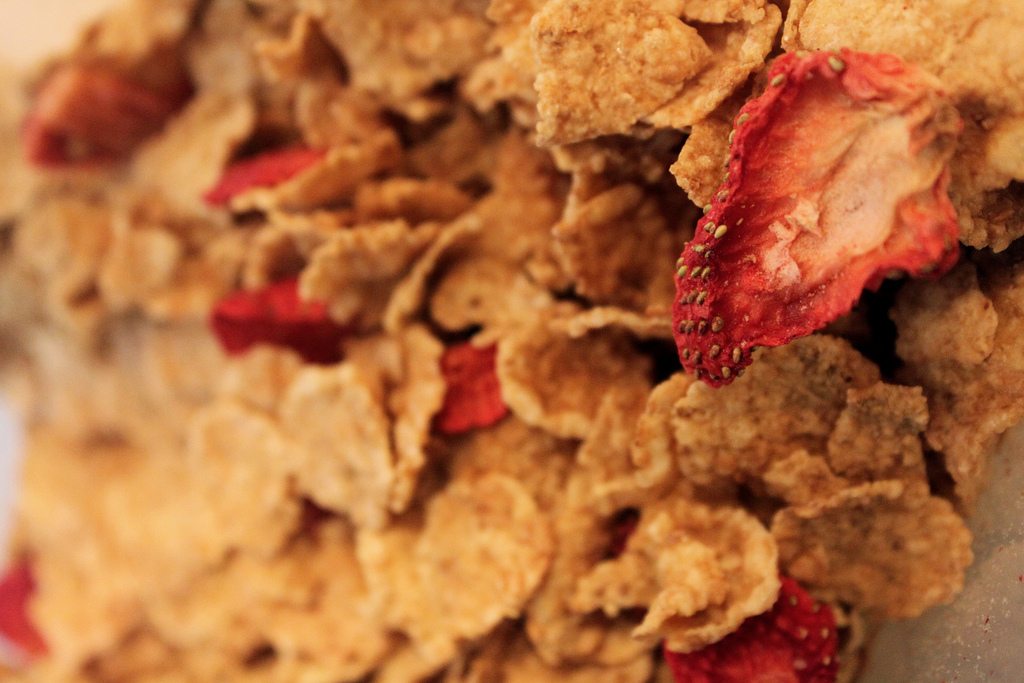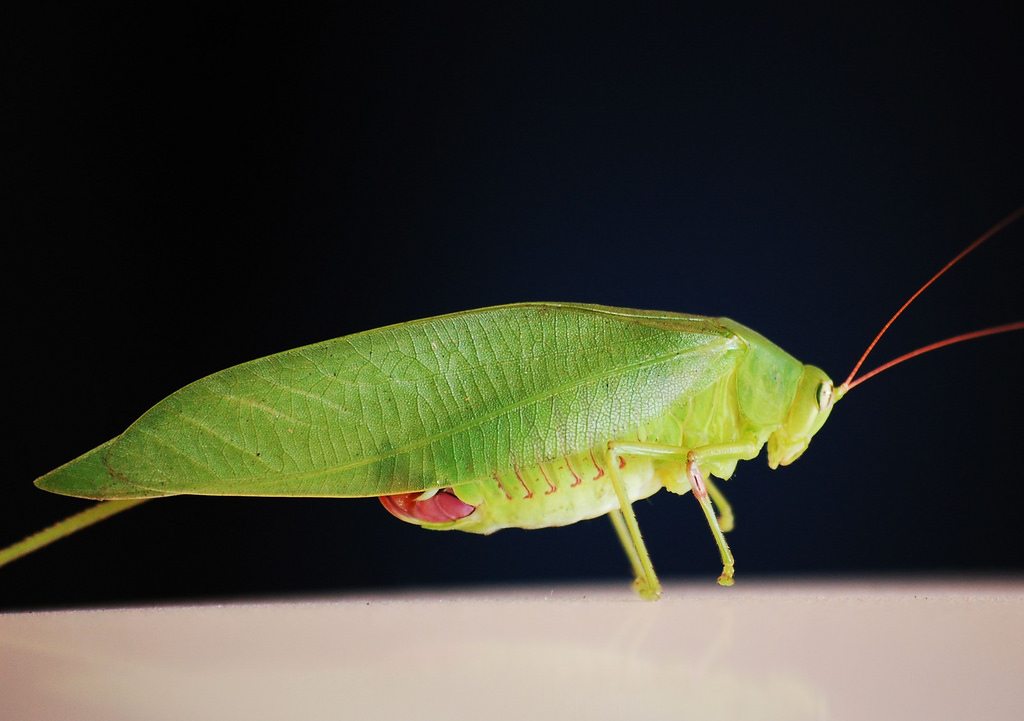In January, we wrote about a pesky little crustacean wreaking havoc on the Northeastern seaboard. The seemingly benign green crab reproduces like crazy, damages the environment by killing plants that prevent erosion, and can eat up to 40 clams a day.
But like many invasive species, green crabs are edible. In Venice, Italy, where fishermen know how to catch them while they’re molting (soft-shell), they’re considered a delicacy. Available for just a few days or weeks each year, the crabs are drowned in an egg batter, dredged in corn flour, and deep fried in a dish called moeche or moleche.
Problem is, American fishermen haven’t quite figured out how to catch the crabs on the coast of New England mid-molt in all their easy-to-eat, soft-shell glory. And when they’re netted with their shells on, the crabs are a lot less valuable. In Venice, soft-shell green crabs go for about $25 to $40 per pound at the market; in Maine, fisherman have to sell them at less than $1 a pound. As Victoria Cavaliere reported in her feature, east coast fishermen are trying to home in on the crabs’ short soft-shell life cycle, going so far as to invite Italian fishermen to Massachusetts help them learn to find and recognize the molting crabs.
But until they’re able to catch the soft-shell crabs en masse, fishermen still have to find a market for the hard-shell haul. Food scientists at the University of Maine just published a recipe-development-slash-feasibility-study on making the hard-shell versions more palatable and, by extension, more marketable.
As Patrick Whittle reports for the Associated Press, empanadas may be the key to converting eaters to the green crab gospel. Turns out, minced green crab meat pairs excellently with onions, corn, cayenne, and thyme as a filling. In the U of M survey, 87 taste testers rated their impression of the green crab-filled empanadas. Results averaged “like slightly” and “like moderately,” a sentiment the researchers insist is pretty good for an edible invader.
But though it’s a lot less sexy than a cayenne crab empanada, the most useful takeaway from the study might not be deep-fried. That’s because the really groundbreaking part of the research came a long time before the onions were chopped. Before green crabs go mainstream, someone has to figure out how to pick the meat from the shell.
When you eat crab cakes, that meat has generally been picked out of the shell by human hands. “There’s people that are lined up, they’re cracking them, they’re taking the meat out,” says Denise Skonberg, associate professor of food science at the University of Maine. But green crabs are too small, with too little meat inside, to undergo the same process. “It’s not worth the hourly wage,” Skonberg explains.
So researchers tried a process called “mechanical separation,” something that hasn’t been done with green crabs before. Using a deboner—the piece of machinery that separates the last bits of meat from the bone in chicken and fish—the researchers tried shelling the crabs without the use of human hands. The results were really positive: they got about 55 percent of each crab’s weight back in meat, which, compared to a blue crab’s 35 percent range, is pretty good.
Of course, the deboners don’t yield perfectly formed crab steaks. They churn out something called crab mince, which looks about as good as it sounds. “The thing with mince is that really, by itself, it’s not appetizing-looking,” Skonberg admits. But “it’s nutritionally equivalent.”
Moeche. The European green crab entered the U.S. in the mid-1800s.
Hence the empanadas: a neat crab mince vehicle, manufactured so that the eater never has to look at the meat itself. Skonberg sees crab mince working elsewhere, too—maybe as a small component of a crab cake mix or even as a ravioli filling. She says she’s pretty sure ravioli manufacturers use chicken mince as a filling—why not try crab?
Skonberg says the next step is figuring out whether fisherman can make enough from selling green crabs to make it all worthwhile. She’s heard anecdotal estimates that fishermen need to make at least 50 cents per pound, which means the mince itself would have to sell for at least $1.10 per pound, excluding the cost of equipment, labor, and cold storage. Those numbers might go down if fishermen harvested green crabs during a lobster-fishing trip or used the fishery to supplement other fishing activities.
We’re still a long way from mainstream American moleche or machine-picked crab mince meat pies. But if we’ve come this far since our last green crab story back in January, it might not be long before the invasive crustaceans meet their match.
